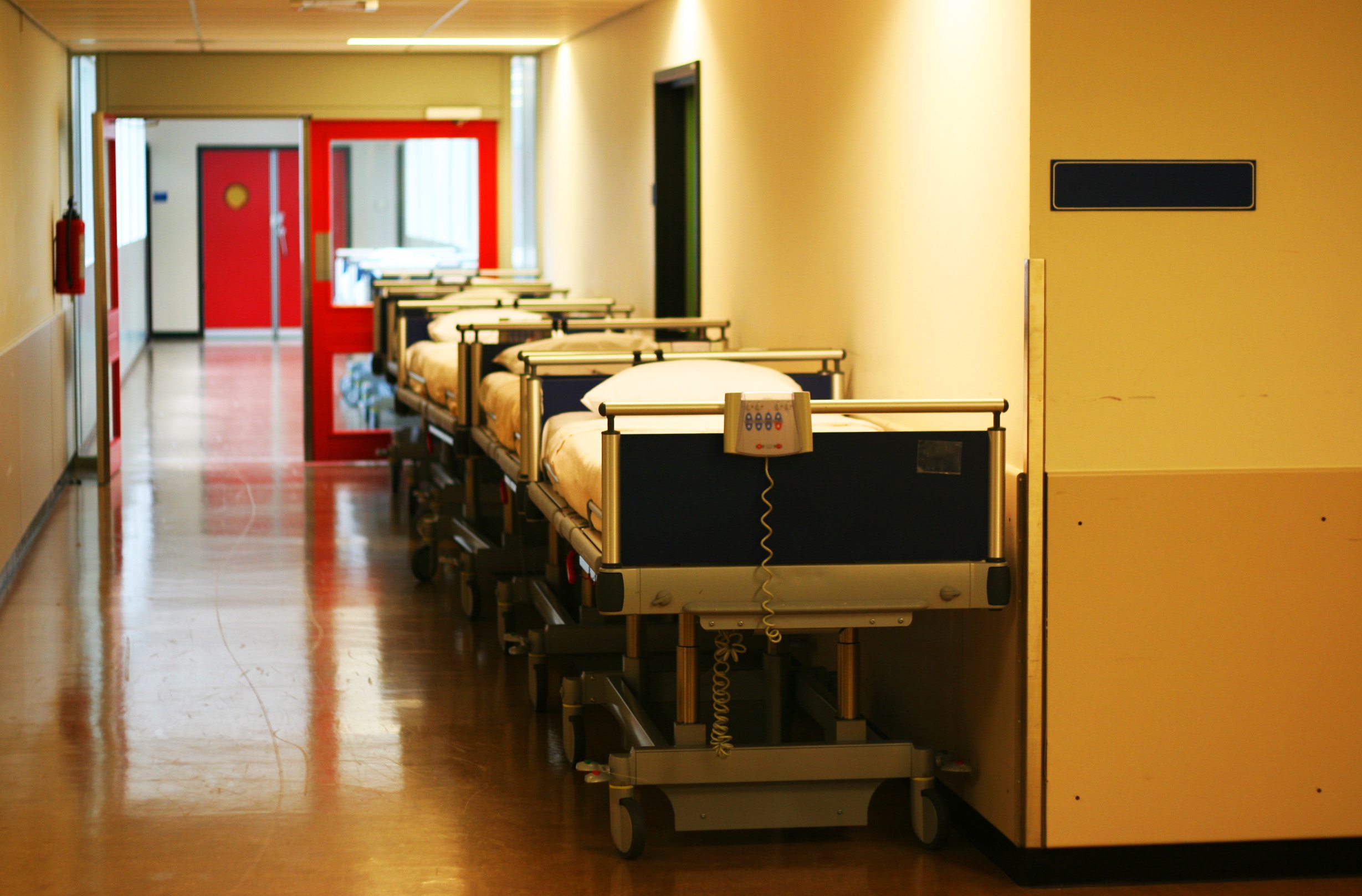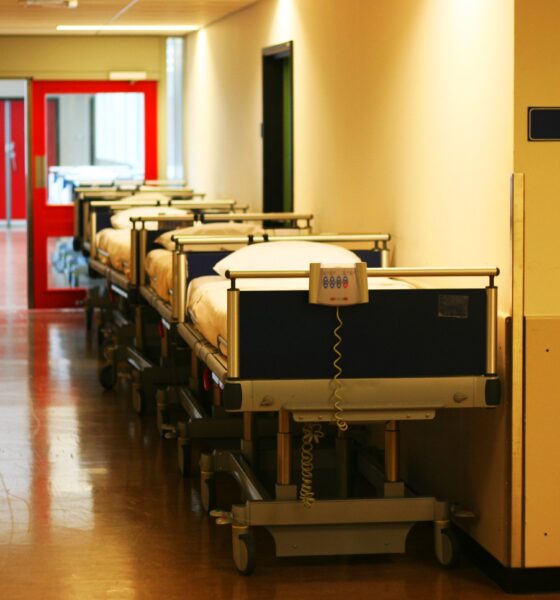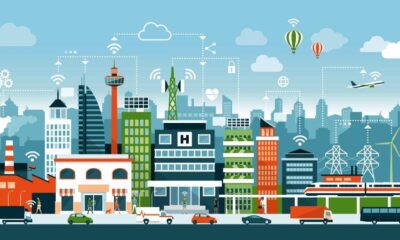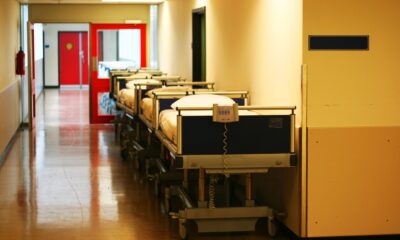

Features
How Hospitals have become More Technologically Advanced in the Last Decade
Over the last ten years, technological innovation has continued to evolve and grow throughout various industries – from education, to corporations, and even healthcare (well, the expensive and unwanted ACA website was step backward by about 10 years).
Within the health industry, technology is playing an increasingly large role in regards to services that accommodate a patient’s needs, from registering their data, to monitoring conditions, and even developing tools for self-care. Tablets and smartphone are starting to replace more common systems for monitoring and recording, and people are now able to undergo a full consultation without leaving the comfort of their own homes.
From helping to make patients safer and more secure, to improving the way that hospitals use their budgetary allowance, there are technological advancements everywhere. Following are just some of the technological advancements that have begun to change hospitals as we know them today, and advance our world for the better.
Mobile Health
The introduction of mobile health is freeing the world of healthcare from cords and wires, allowing patients and physicians to check on healthcare processes regardless of where they are. Through tablets and smartphones, physicians can freely share and send information to their patients, deliver documents, and even access applications that help them to make the most out of the information that they have.
What’s more, mobile health is much more than simply wireless connectivity – it also helps patients to become more active in their treatment through easier communication.
Telemedicine
Maintaining a good relationship between doctors and their patients is extremely important in the world of medicine. Concepts such as Solutionreach are allowing for those relationships to be managed more efficiently, helping physicians to reach a higher standard of care, improved satisfaction, and even better preventative education for patients.
Recent studies have found that patients in intensive care who received telehealth services were frequently discharged from the ICU 20% faster than other patients, and even saw a 26% lower mortality rate.
With telehealth, patients can receive full assessments through simply conducting a video chat with their chosen physician.
Self-Service Kiosks
Similar to the concept of portal technology, self-service kiosks at doctors surgeries can help to quicken and improve processes such as registration and log-in. Patients are increasingly gaining the opportunity to do everything regarding their registration while receptionists can focus on other tasks.
This can help to save industry members money when it comes to staffing, and it can make some patients feel more comfortable – particularly when they don’t like interacting with other people. Automated service kiosks can help patients with paying for co-pays, signing paperwork, checking identification, and various other requirements. However, hospitals will need to be careful when integrating that technology – making sure that human communication is still available.
There is a lot of innovation in health care. It is amazing what the private sector is doing but the nation’s debt is being piled on because of the costs of medicine.
Wearable Technology and Sensors
Today, the market for wearable medical devices is growing drastically, according to market research, and sensors are offering new ways for physicians to efficiently gather and record data – which is one of the primary aims of most healthcare plans.
Wearable technology or sensors can be as simple as bands that send alerts when a person falls down, or as complicated as bandages that can sense a patient’s pH levels and determine whether a wound is in danger of becoming infected. The more experts look into the things that can be done to enhance healthcare through technology, the more amazing discoveries are made.
Real-time Services for Locating Patients
Another fantastic solution in data monitoring comes in the form of real-time services that allow emergency services and hospitals to locate patients and efficiently identify problem areas. Hospitals are able to implement various tracking systems for numerous reasons – watching devices, instruments, and even members of the clinical staff.
According to experts, retrospective analysis can only do so much for the healthcare industry, and tracking movement with real-time locating can be a terrific way to highlight efficiency and utilize better solutions for providing care.
At the same time, real-time technology also allows for some flexibility in emergency circumstances or in the event of last-minute changes. For example, if a physician has to deal with a sudden case, they can ensure that they know where instruments are immediately, making sure that supplies and equipment are always on hand when necessary. Right Dr. Carter!?


 Environment10 months ago
Environment10 months agoAre Polymer Banknotes: an Eco-Friendly Trend or a Groundswell?

 Environment11 months ago
Environment11 months agoEco-Friendly Home Improvements: Top 7 Upgrades for 2025

 Features9 months ago
Features9 months agoEco-Friendly Cryptocurrencies: Sustainable Investment Choices

 Features10 months ago
Features10 months agoEco-Friendly Crypto Traders Must Find the Right Exchange





























